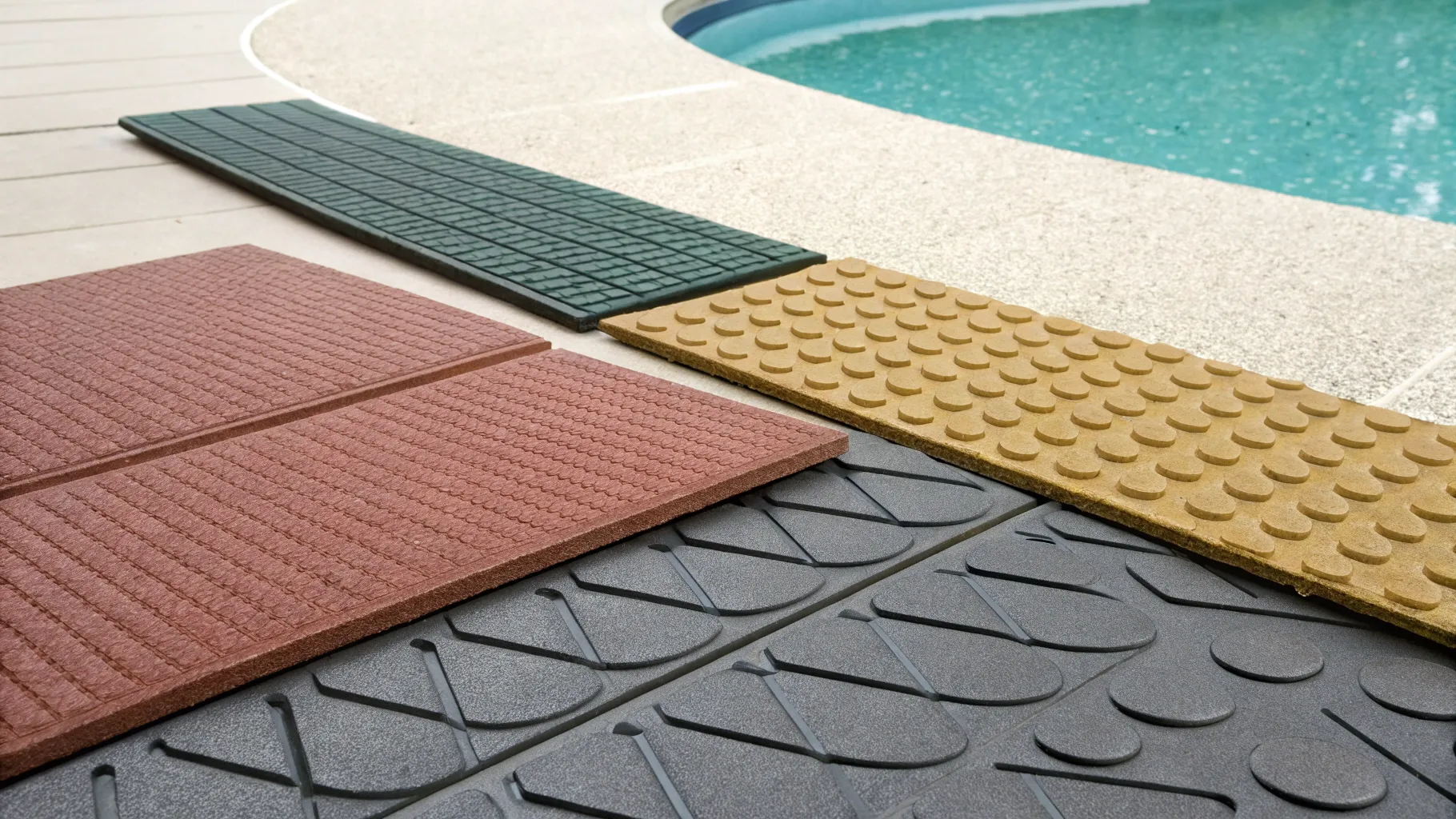Renovating a staircase may seem like a minor home improvement project, but it can create a significant impact on the aesthetic and functionality of your residence.
A well-designed staircase serves as more than just a passage between levels, it can enhance the beauty of your home while reflecting your personal style. Homeowners should think about the transformative potential of a staircase renovation, which can serve as a centerpiece or a subtle accent in your living space.
The right combination of design elements can turn a mundane staircase into a stunning focal point that complements the rest of your home.

Emphasizing Aesthetics with Stylish Railing Options
The staircase railing can significantly affect the visual appeal of the staircase. Choosing the right materials, shapes, and colors can uplift the entire area where the staircase resides. Modern designs often lean towards materials like metal, glass, or wood, each offering distinct characteristics. Clear glass railings create a sense of openness and can make a small space feel larger, while wooden railings add warmth and charm.
When considering railing options, keep in mind that these decisions may influence safety and usability. These can be iron stair railing designs that assure safety standards and add an artistic touch to your renovation. The combination of aesthetics and functionality creates a harmonious blend that elevates your living space.
For a truly custom look, combine materials, such as sleek metal balusters with a warm, wooden handrail, to create a unique focal point that bridges design styles.
The choice of a railing can help define the architectural theme of a home, with ornate wrought iron complementing a traditional aesthetic and minimalist cable railings enhancing a contemporary loft.
Maximizing Space with Innovative Staircase Designs
Homeowners often overlook the potential that their staircase holds in terms of maximizing space. Opting for a spiral or floating staircase can create additional floor space in a cramped area. These designs make a statement and serve a practical purpose. They can free up room for furniture or decorative elements, making the home feel less cluttered.
Another approach is incorporating built-in storage solutions under the stairs. This area often goes unused yet can be transformed into a practical storage unit or a cozy reading nook.
By maximizing the staircase area, you enhance both the aesthetic and functional aspects of your home, making it feel larger and more inviting. Creativity in design can play a vital role in how the staircase integrates into the living space.
Creating a Focal Point with Unique Staircase Designs
A staircase doesn't merely connect two levels; it can serve as a central feature of your home. Designers have started embracing unique patterns, sizes, and materials that distinguish their staircases from the norm.
Explore Utah Real Estate
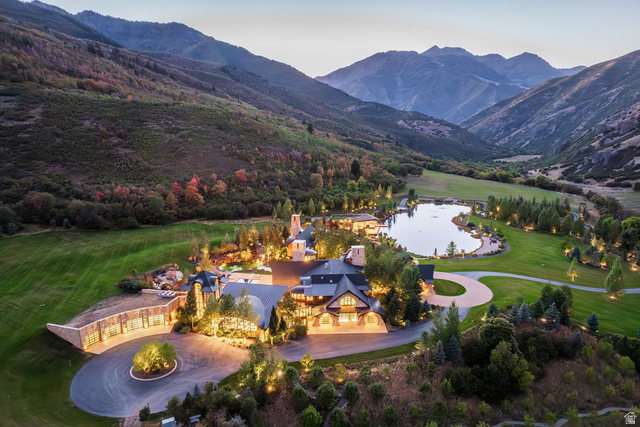
5618 E SOUTH FORK RD, Provo, UT
$43,000,000
Bedrooms: 6 Bathrooms: 10 Square feet: 22,958 sqft
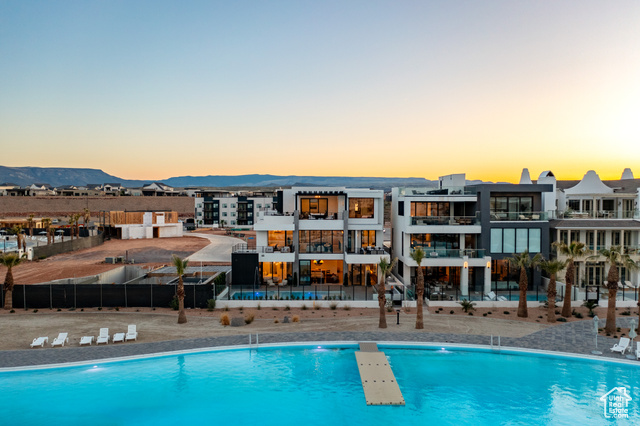
864 W SAPPHIRE SKY LN #546, St George, UT
$4,300,000
Bedrooms: 7 Bathrooms: 9 Square feet: 5,136 sqft
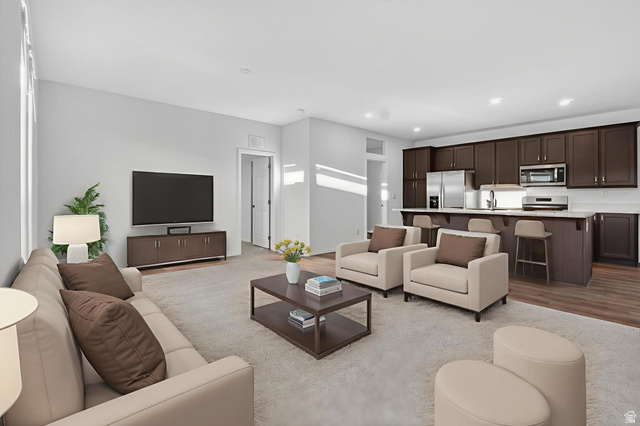
1700 W 2700 N #36, Pleasant View, UT
$230,000
Bedrooms: 4 Bathrooms: 2 Square feet: 2,100 sqft
Breaking away from traditional straight stairs can lead to innovations like spiral, L-shaped, or U-shaped staircases that mirror the personality of the household.
Different colors and textures can further highlight the staircase, catching the eye of anyone entering the home.
Implementing built-in lighting can accentuate stair design elements while improving visibility. An inviting setup attracts attention and sets the tone for the rest of the home, ensuring that your staircase renovation significantly elevates the living experience.
The space beneath the staircase offers a prime opportunity for integrated functionality, such as a cozy reading nook, discreet storage cabinets, or a display shelf for art, making the structure a masterpiece of form and purpose.
For a truly dramatic effect, use a floating staircase design, where treads appear to cantilever from the wall without visible support, creating a sense of weightlessness and modern elegance. The acoustic properties of the staircase contribute to its presence; the sound of footsteps on wood, stone, or metal becomes an auditory signature that enhances the spatial experience.
Establishing a Seamless Connection with the Home's Interior Design
To truly transform a staircase, it’s important to align its design with the aesthetics of the home. The staircase should harmonize with the surrounding elements, such as wall colors, flooring types, and furniture styles.
Integrating consistent patterns or complementary colors ensures continuity throughout the living space, creating an inviting flow. Applying design principles that connect other areas of the home with the staircase enhances how one perceives the entire space.
If a home already features rustic wooden beams, utilizing similar wooden materials for the stairs can create a cohesive feel. Every element should contribute toward a unified theme that resonates throughout the house.
Improving Functionality Through Strategic Lighting
Lighting plays a vital role in staircase renovations, as proper illumination enhances both safety and ambiance. Homeowners can incorporate various lighting fixtures to elevate the staircase's appeal.
Recessed stair lights can guide users safely up and down, while pendant lights can add an artistic flair. Natural light is an invaluable asset; large windows overlooking the staircase can increase brightness, making the space feel larger and more open.
More Properties You Might Like
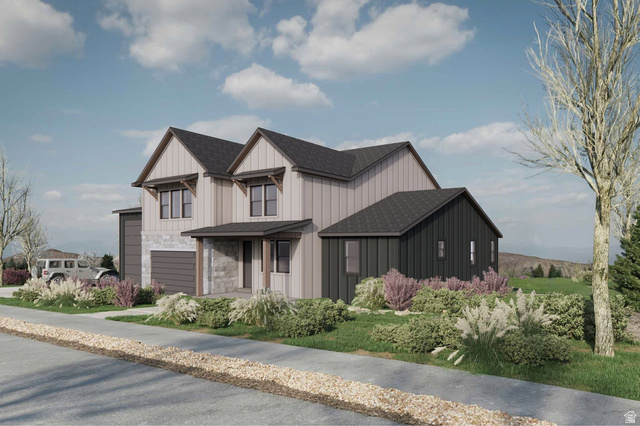
850 LAZY WAY #8, Francis, UT
$1,300,000
Bedrooms: 4 Bathrooms: 4 Square feet: 2,755 sqft

La Casa Cir, St George, UT
$575,500
Square feet: 14,391 sqft
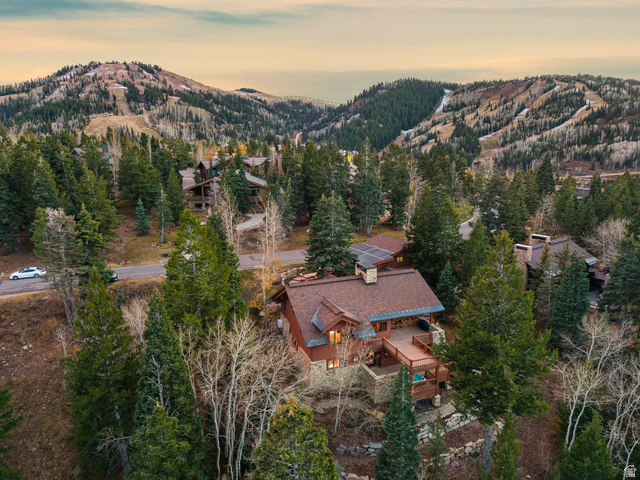
7665 STERLING DR, Park City, UT
$6,100,000
Bedrooms: 5 Bathrooms: 6 Square feet: 4,975 sqft
Strategically placed lighting can highlight individual features, such as decorative railings or artwork along the walls, enriching the visual experience of the staircase. This thoughtful approach enables functionality and fosters a welcoming environment that enhances the entire home experience.
Choosing Eco-Friendly Materials for Sustainable Living
With growing awareness about sustainability, many homeowners opt for eco-friendly materials during renovations. Sustainable woods, recycled metals, or low-VOC finishes contribute to a healthier living environment and showcase a conscientious approach to home improvement.
Bamboo and reclaimed wood are solid choices due to their durability and aesthetic appeal.
Selecting energy-efficient lighting options for the staircase contributes to reducing carbon footprints, making your home more sustainable without compromising on style.
Eco-friendly renovations are becoming a trend that resonates with forward-thinking homeowners, positively affecting the living space and the planet.

Enhancing Safety and Accessibility with Thoughtful Design
Safety should never be an afterthought while renovating a staircase. A well-designed staircase looks good and functions effectively under regular use. Factors such as tread depth, height, and railing height need to comply with safety standards to prevent accidents.
Incorporating features like non-slip surfaces and adequate handrails can significantly enhance safety for families with children or elderly residents.
A well-considered approach ensures that the renovated stairs are both visually appealing and secure, encouraging everyone to navigate the space confidently.
Renovating a staircase promises to elevate both style and functionality within a home. The aesthetic choices, innovative designs, and sustainable materials can transform a mere passageway into a captivating focal point that contributes positively to the entire living space. A harmonious blend of safety, style, and purpose empowers homeowners to create a truly unique environment.










